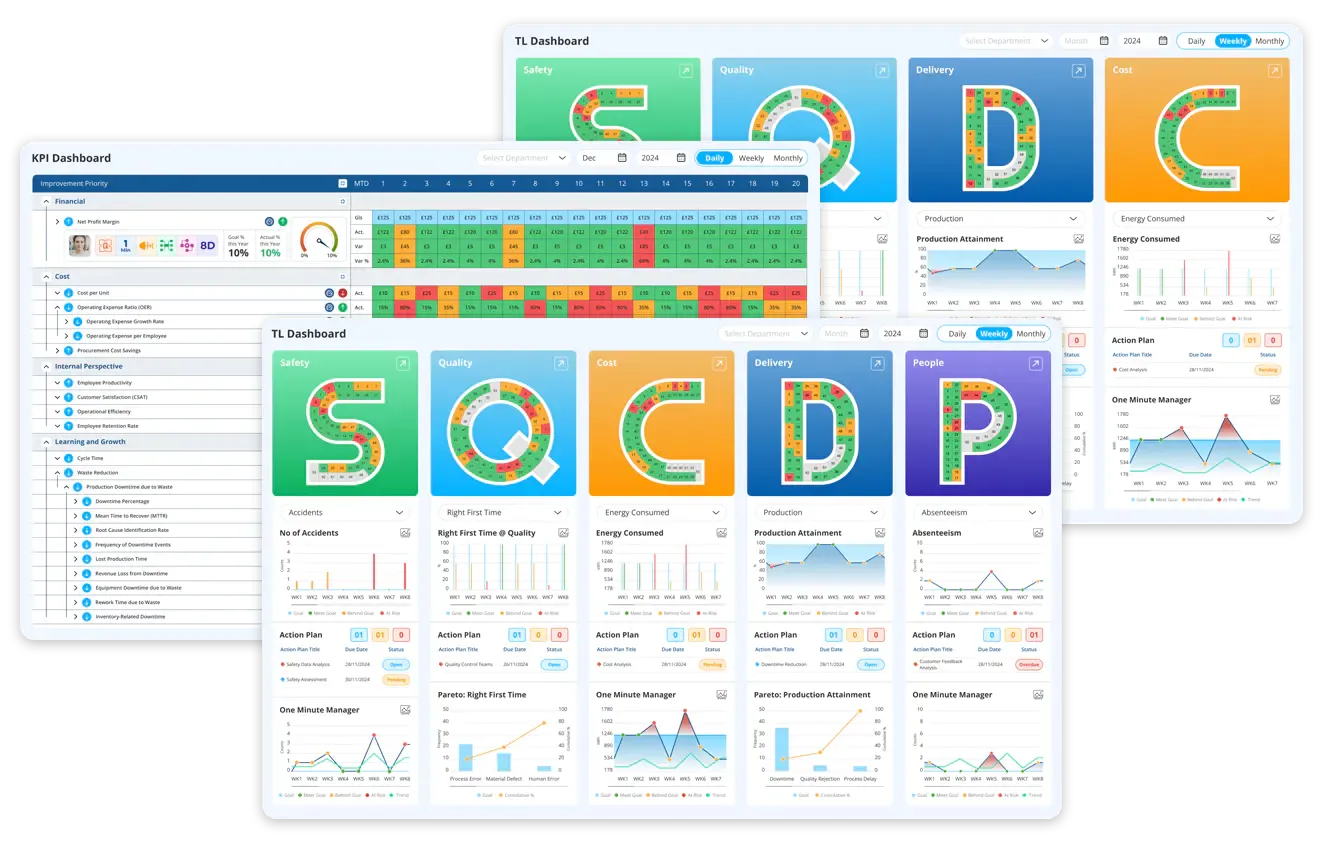Lean Daily Management Tools: What are the must-haves for every team?

November 19, 2025
Imagine trying to run a business where no one’s quite sure what’s going on day to day. Teams are out of sync, problems go unnoticed until they snowball, and decisions are made based on gut feeling rather than facts. That’s exactly what happens when Lean Daily Management tools are missing. Without visual boards, huddles, or clear performance metrics, communication breaks down, accountability fades, and continuous improvement becomes just a buzzword. In short, it’s like driving blindfolded — risky, inefficient, and unsustainable. In this blog, we will see what Lean Daily Management is, tools that make Lean Daily Management easy, non-negotiable LDM tools, guide on how to implement LDM tools, common mistakes and how to avoid them, and a real-world example of an organisation using LDM tools.
What is Lean Daily Management?
Before getting to know more about tools that makes Lean Daily Management (LDM) easy, let’s raise the question: What is Lean Daily Management?
Lean Daily Management is a systematic approach that allows team members to track, manage, and enhance their daily task processes using Lean principles. LDM concentrates on making performance visible, encouraging team communication, quickly addressing problems, and aligning daily activities with organisational goals.
